If you’ve ever tried to research barcoding, chances are you’ll have stumbled across plenty of new barcode terms. It’s easy to feel overwhelmed when faced with acronyms like UPC, GTIN, and ASIN. So, in order to make things a little simpler we compiled this handy barcode glossary.
Curious how you can get started barcoding your small business? Be sure to checkout our Ultimate Barcoding Guide. It covers all the acronyms in this article as well as everything else there is to know about barcodes.
First, what is a barcode?
It’s common to see the word barcode used interchangeably with other terms. This makes it more difficult to understand what people are really referring to.
In fact, a barcode is just the set of black lines and blank spaces (or other shapes in a QR code, for example). It is a machine-readable version of the numbers underneath.
Meanwhile, a QR code is a type of two-dimensional (2D) barcode. It has a complex pattern that can encode far more information than a traditional, one-dimensional barcode, which is why QR codes can point us to websites and more.
Now we’ve established what a barcode is, it’s time to look in more depth at the barcode terms you might come across. So without further ado we present our barcode glossary.
GS1 – Global Standards
GS1 is a non-profit, neutral organization. They design and implement global standards across different sectors. GS1 believes that working to the same standards helps businesses run smoothly, a bit like creating a common language.
When it comes to barcodes, GS1 issues globally recognized barcode numbers, known as GTINs. Small and large businesses alike can benefit from having a GTIN, whether they need a one-off code or large quantities.
GTIN – Global Trade Item Number
It would be impossible to create a handy barcode glossary without including the acronym GTIN, which stands for Global Trade Item Number. This is a unique barcode number that identifies a product around the world. The GTIN appears as the string of numbers underneath the barcode.
GS1 creates GTINs by combining the prefix assigned to a business with a unique item reference. Encoding this number into a barcode makes it machine readable. GTINs can come in several formats, including UPC and EAN.
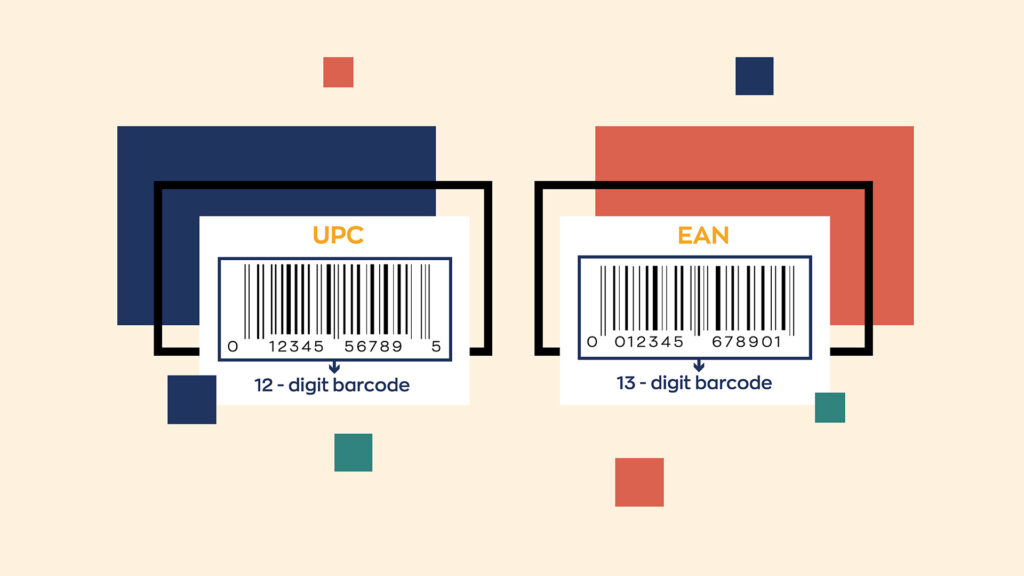
EAN – European Article Number
An EAN is a 13-digit barcode number (GTIN) used in the UK and around the world but it is not usually used in North America. EAN originally stood for “European Article Number,” but it is now often referred to as “International Article Number”.
An EAN starts with a GS1 company prefix, followed by an item reference number, and finally a ‘check digit’.
UPC – Universal Product Code
Businesses in the US will likely have come across the barcode term UPC in some capacity. A Universal Product Code (UPC) is one format that a barcode number (GTIN) can come in, which are mostly used in North America.
A UPC barcode is encoded with 12 numbers. The digits on the left represent the company and those on the right refer to the product. The final number on the right is known as a ‘check digit’.
SKU – Stock Keeping Unit
SKU is a barcode term that’s hard to forget. Almost anyone who’s worked in retail will have, at some point, had the tricky task of typing in a long SKU code. But what is it, really?
SKU codes are internal product codes. This means they are unique to a particular company and not globally recognized. SKU codes can include letters and numbers and vary in length.
Although businesses tend to create SKU codes themselves for inventory or reporting purposes, it’s still important to stick to a system that works. This means making sure each SKU is unique in the business and isn’t too long.
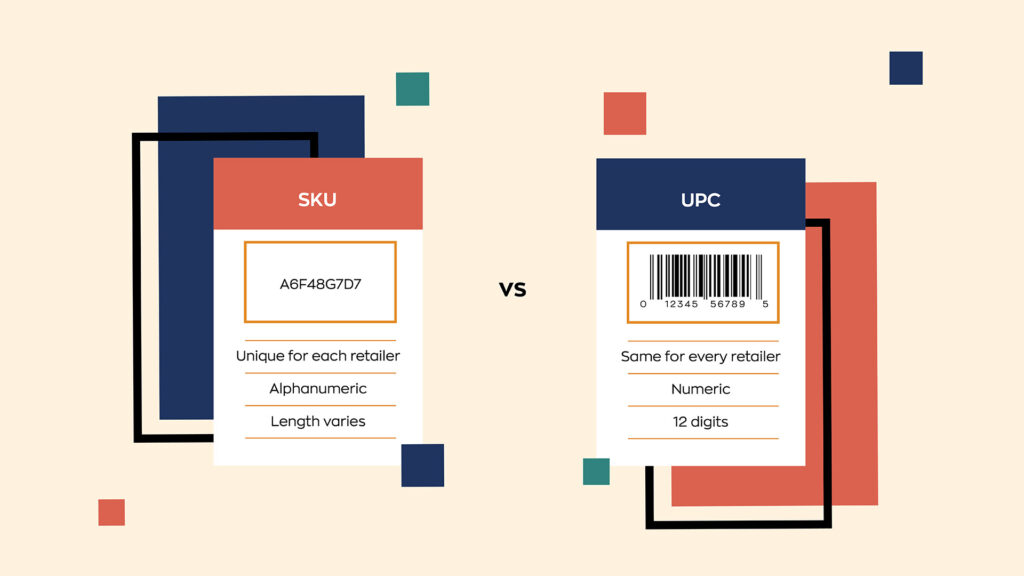
GLN – Global Location Number
A GLN identifies a location rather than a product. It can reference a legal entity, physical location, or functional location.
As GS1 explains, this could be used to give all the companies and organizations in a supply chain one way to reference important locations, dramatically reducing the risk of errors or misunderstandings.
GLNs can be encoded into some barcodes, where necessary.
ASIN – Amazon Standard Identification Number
An ASIN is a little different to the other types of numbers in this barcode glossary. ASINs are 10-digit numbers assigned by Amazon when you create a new product on their website.
Sometimes, an ASIN will already exist for a product, in which case the seller can create an offer under that ASIN.
QR codes – Quick Response codes
No barcode glossary would be complete without talking about QR codes. As mentioned above, a QR code is a type of two-dimensional barcode. They’re made up of an intricate pattern of black and white squares which can represent numbers, letters, or characters from non-Latin scripts.
QR codes and other two-dimensional (2D) barcodes can hold more information than a traditional, one-dimensional (1D) barcode with lines and spaces.
As Michelle Covey, VP of Commercialization at GS1 US explains, a QR code can give the consumer access to extra information about an item. For instance, a QR code on a food product could point to nutritional information, recipes, where the product came from, and more.
In the future, we can expect to see more 2D barcodes. GS1 has launched a program called Sunrise 2027 to help retail businesses move to these barcodes by the end of that year.
FAQ
I only have a small business. Do I need a barcode?
Barcodes aren’t just for big box stores and major brands, anyone can start using them. Even little, online-only retailers might find themselves in need of barcodes as they start to expand. That way, their products are internationally identifiable.
What are barcodes used for?
Barcodes identify products almost instantly without having to type in long product codes. You might receive a product and scan it directly to inventory, scan to check stock, or scan to look up orders. To find out more about how barcodes could help you, take a look at our barcode page.
Where can I get a UPC barcode?
GS1 license GTINs that are encoded into barcodes, which include your unique company prefix, so your company can be identified as the owner of the barcode. You can purchase one or multiple GS1 GTINs depending on your needs, and in the format you want, including UPC.
We partnered with GS1 to create our official GS1 inFlow GTIN Barcode Shop, to make it easy for our customers to buy single barcodes for only $30 with no renewal fee.
How do I use my barcodes?
Once you have your barcodes, you’ll need a system to tie it all together. With easy to use software like inFlow you can barcode your business in no time.
You can generate, print, and scan barcodes with just a few taps and since the app turns your smartphone into a scanner you don’t even need to buy any additional equipment. But if you’re looking to up your efficiency you can always pick up inFlow’s Smart Scanner. The smart scanner is a great option for anyone who does a lot of barcode scanning and needs to speed up their workflow.
How do I get started with barcodes?
Barcoding might present some unfamiliar terms, but it doesn’t need to be difficult. With a GS1-registered US barcode, and a system like inFlow, you can be ready to scan in no time.



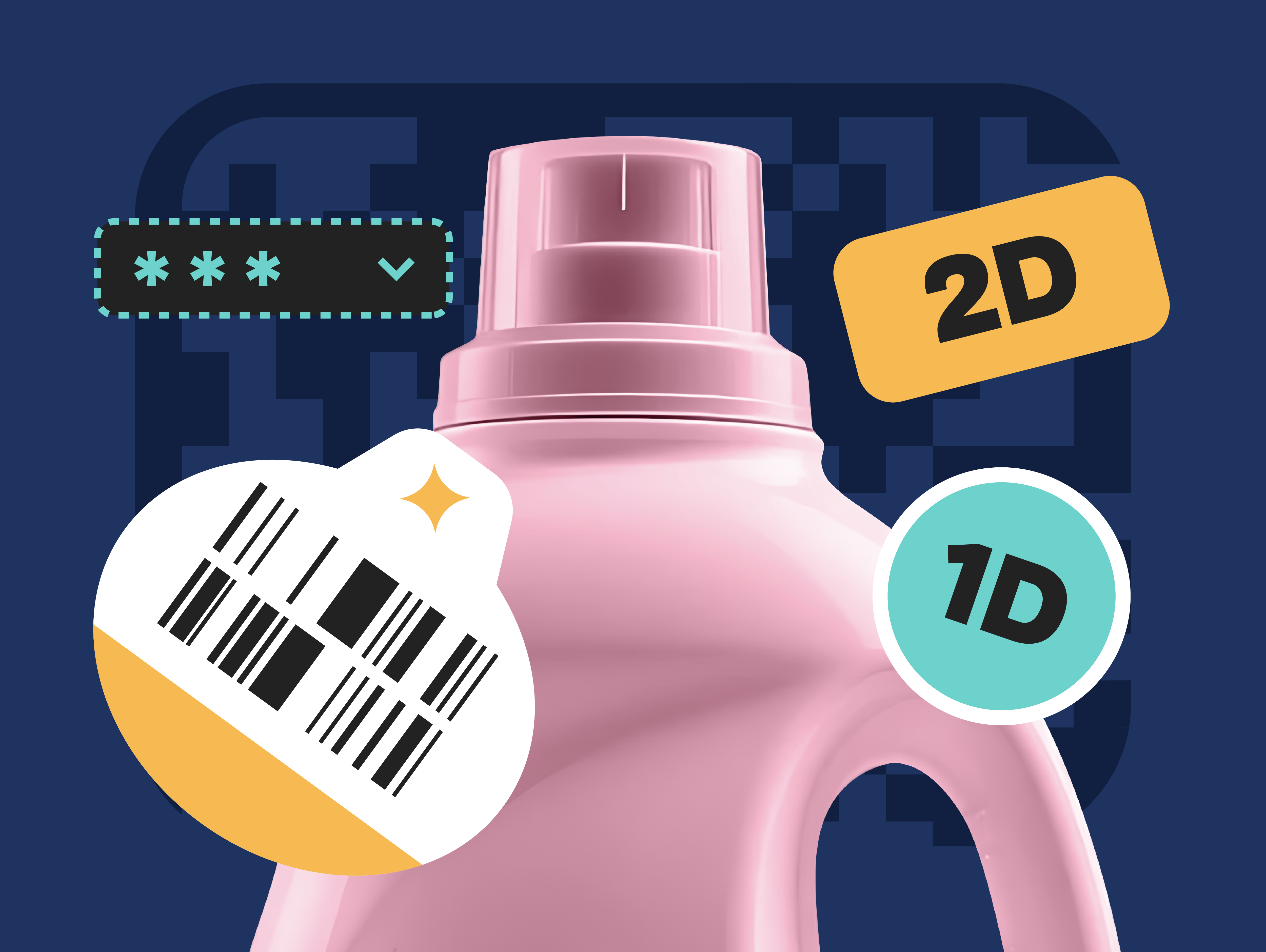
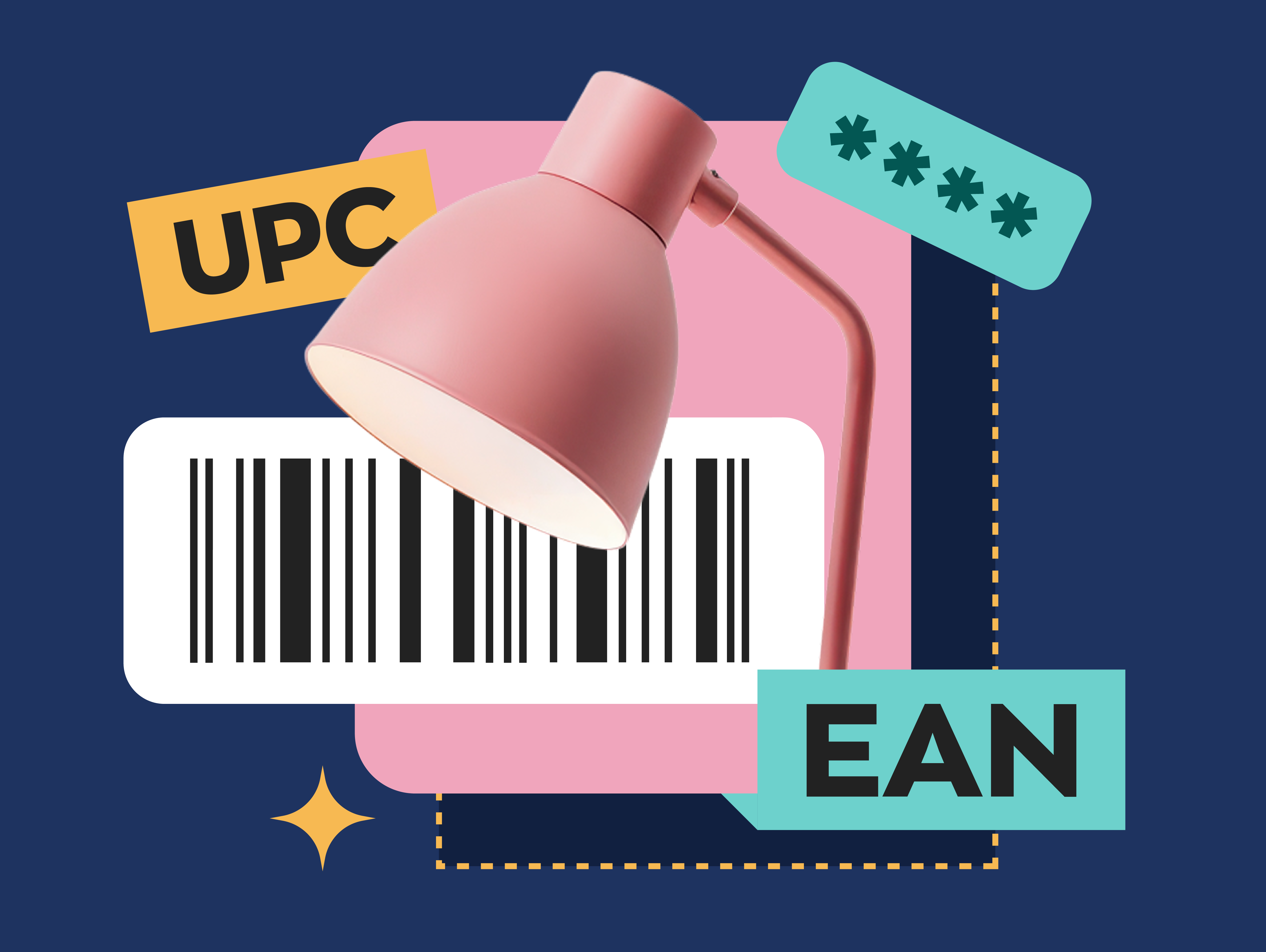
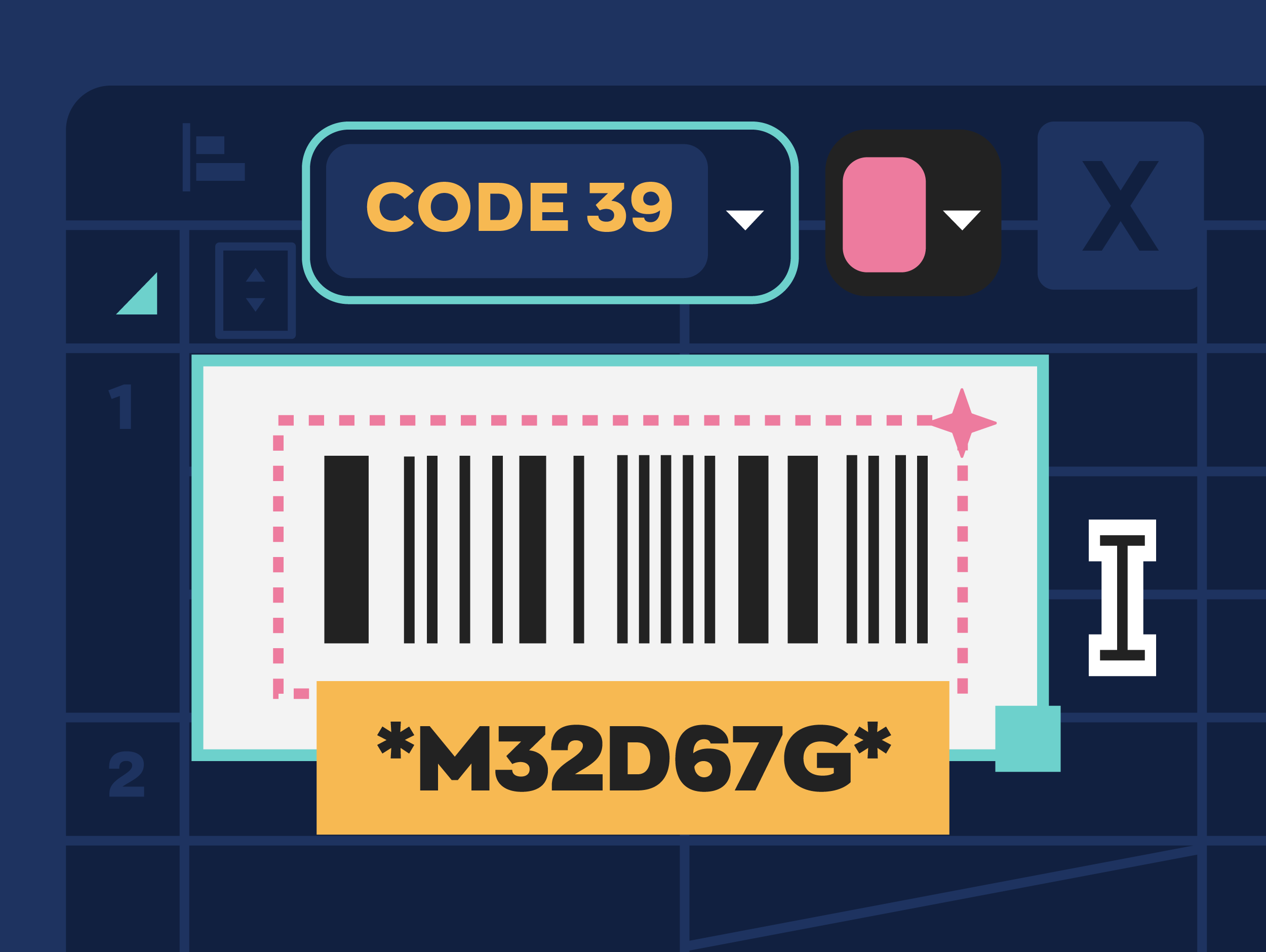
0 Comments